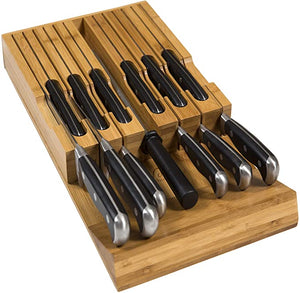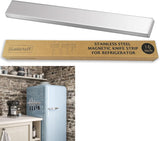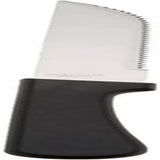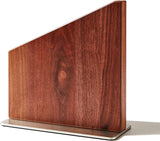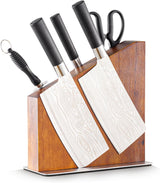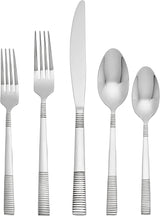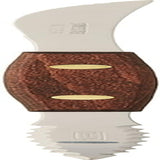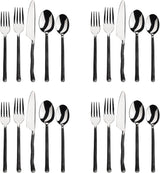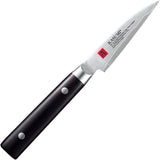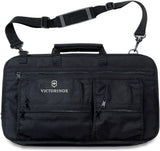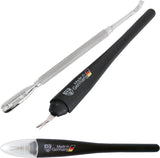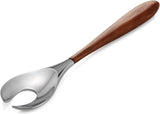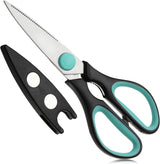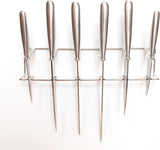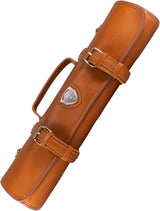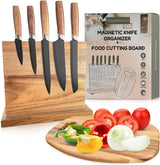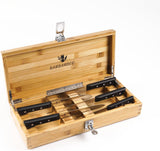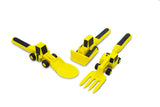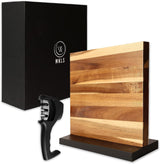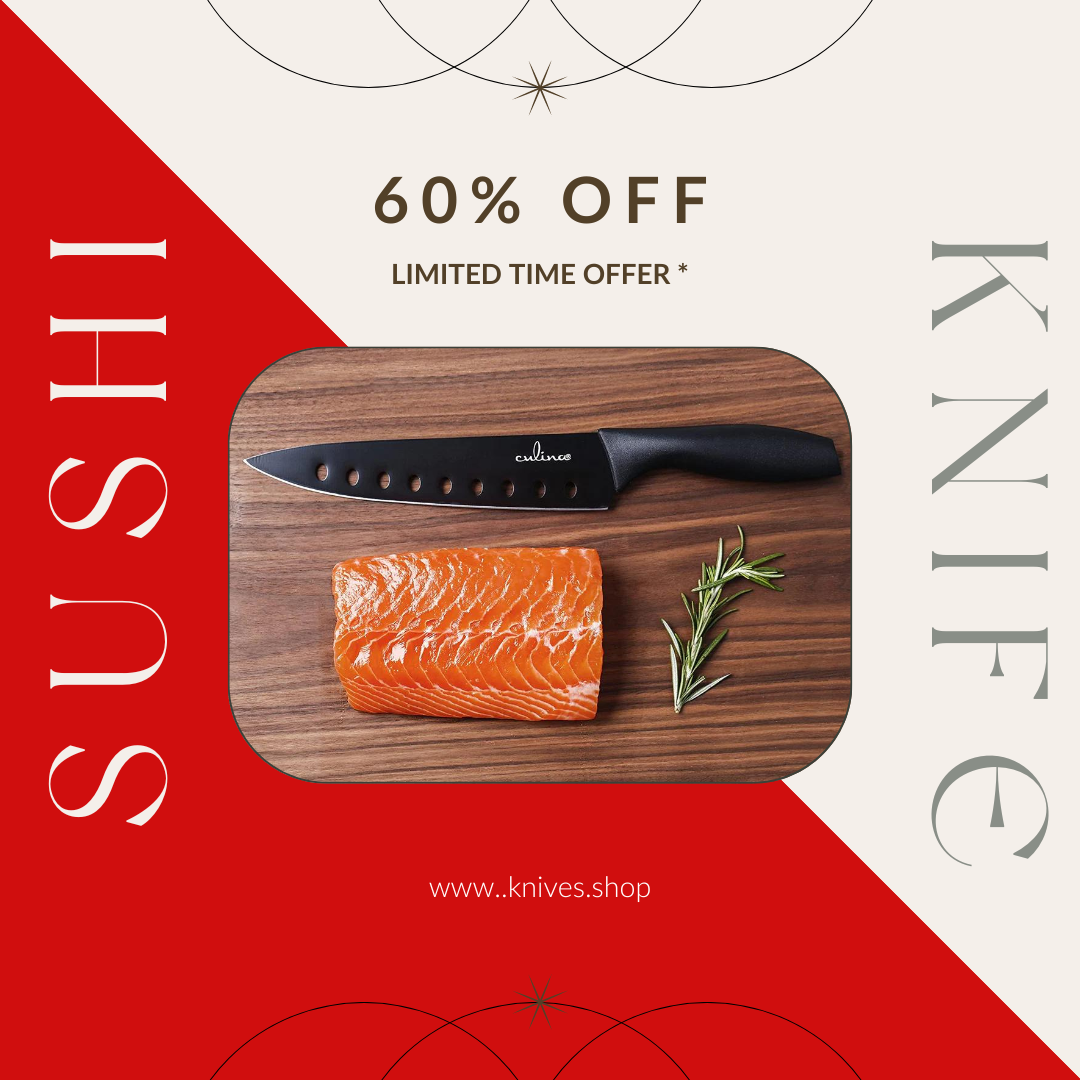Mastering the Art of Using a Cleaver from Knives Shop
Professional cooking is not just about having the right ingredients, but also about having the right tools. One such tool that is indispensable in every professional kitchen is a cleaver. This versatile and powerful knife can handle a wide range of tasks, from chopping through bones to slicing through thick cuts of meat. In this article, we will delve deeper into the art of using a cleaver effectively and efficiently, ensuring that you get the most out of this incredible tool.
Understanding the Anatomy of a Cleaver
Before we dive into the techniques of using a cleaver, it's important to understand its anatomy. A typical cleaver consists of three main parts: the blade, the handle, and the tang. Understanding these parts can help you use the cleaver more effectively and safely.
The blade is the most crucial part of the cleaver. It is usually made of high-quality stainless steel, which provides durability and sharpness. The blade is thick and heavy, allowing it to deliver powerful cuts and withstand heavy-duty tasks. The blade's design is such that it can easily cut through hard materials without losing its sharpness.
The handle of a cleaver is usually made of wood or synthetic materials. It provides a comfortable grip and allows for better control and maneuverability. The tang is the part of the blade that extends into the handle, providing stability and balance. The presence of the tang ensures that the cleaver does not become unbalanced while in use, making it safer and more efficient.
Choosing the Right Cleaver
Before you can start using a cleaver effectively, you need to make sure you have the right one for your needs. There are different types of cleavers available, each designed for specific tasks. Here are a few factors to consider when choosing a cleaver:
- Blade Material: Look for a cleaver with a high-quality stainless steel blade for durability and sharpness. You can find a range of such cleavers at our Knives Shop.
- Blade Thickness: A thicker blade provides more power and stability, making it suitable for heavy-duty tasks. You can learn more about the importance of blade thickness in our blog post.
- Handle Material: Choose a handle material that offers a comfortable grip and is easy to clean. Our guide can help you make the right choice.
- Weight: Consider the weight of the cleaver and choose one that feels balanced and comfortable in your hand. A balanced cleaver is easier to control and safer to use.
Once you have chosen the right cleaver, it's time to learn how to use it effectively.
Techniques for Using a Cleaver
Using a cleaver requires proper technique and practice. Here are some essential techniques to master:
1. Chopping
Chopping is one of the most common tasks performed with a cleaver. To chop effectively, hold the cleaver with a firm grip and position the blade at a slight angle. Use a rocking motion to bring the blade down and chop through the ingredient. The weight and sharpness of the cleaver will do most of the work for you.
2. Slicing
Slicing with a cleaver requires precision and control. Hold the cleaver with a relaxed grip and position the blade parallel to the cutting board. Use a smooth and controlled motion to slice through the ingredient. The weight and sharpness of the cleaver will ensure clean and even slices.
3. Tenderizing
A cleaver can also be used to tenderize meat by breaking down tough muscle fibers. To tenderize effectively, hold the cleaver with a firm grip and use the flat side of the blade to pound the meat gently. Be careful not to over-tenderize, as it can result in mushy meat.
4. Splitting
Splitting refers to cutting through bones or hard ingredients. To split effectively, position the blade at the desired point of the cut and use a controlled and forceful motion to drive the blade through the bone or ingredient. The weight and thickness of the cleaver will make this task easier.
Maintaining and Caring for Your Cleaver
To ensure the longevity and performance of your cleaver, proper maintenance and care are essential. Here are some tips to keep your cleaver in top shape:
- Hand wash your cleaver with warm, soapy water after each use.
- Dry the cleaver thoroughly to prevent rusting.
- Store the cleaver in a knife block or sheath to protect the blade.
- Regularly sharpen the blade to maintain its sharpness. You can learn more about maintaining your knives in our blog post.
- Avoid using the cleaver on hard surfaces, such as glass or marble, as it can damage the blade. Instead, use a plastic cutting board or a bamboo cutting board.
By following these techniques and caring for your cleaver properly, you can make the most out of this incredible tool and elevate your culinary skills to new heights.
